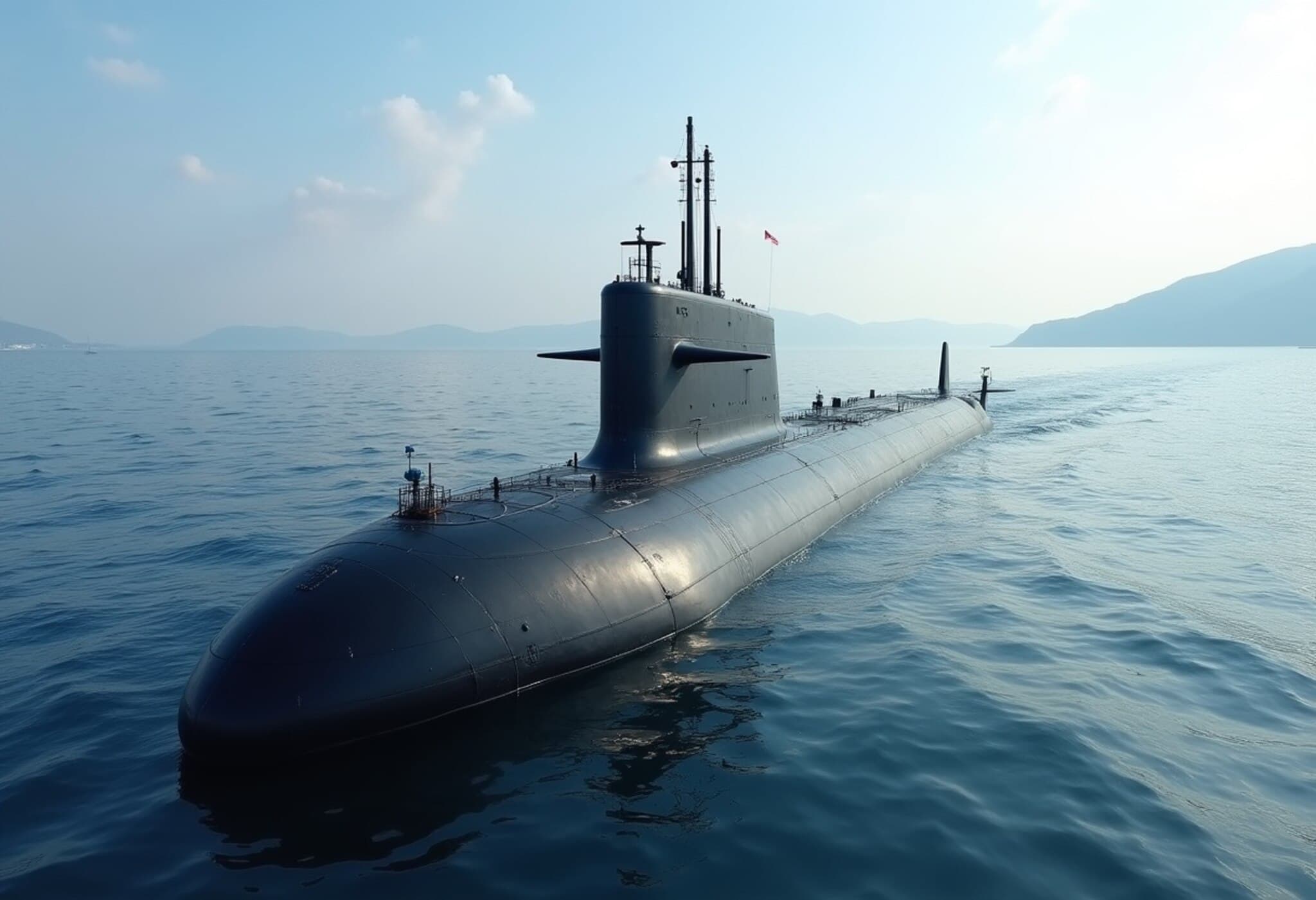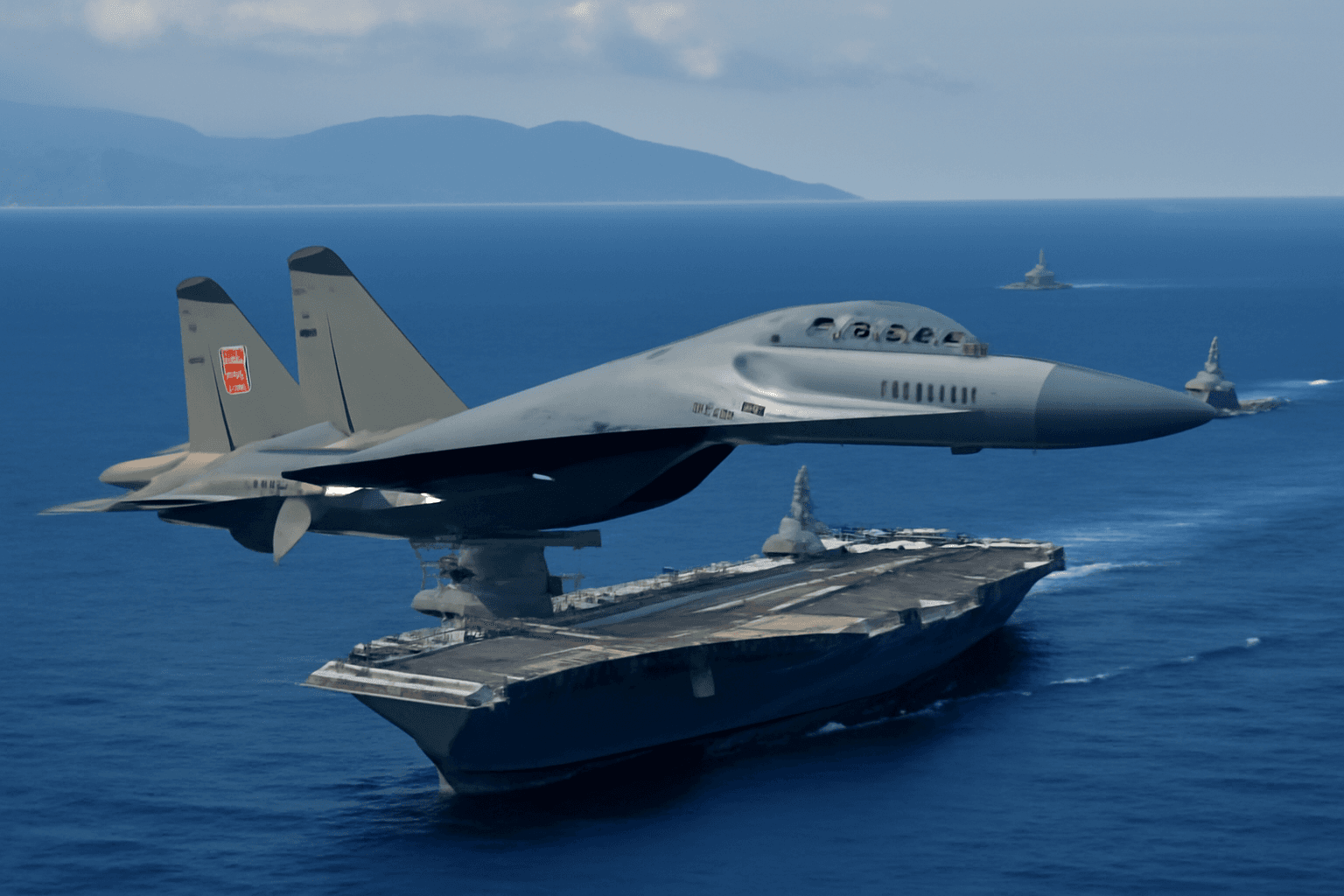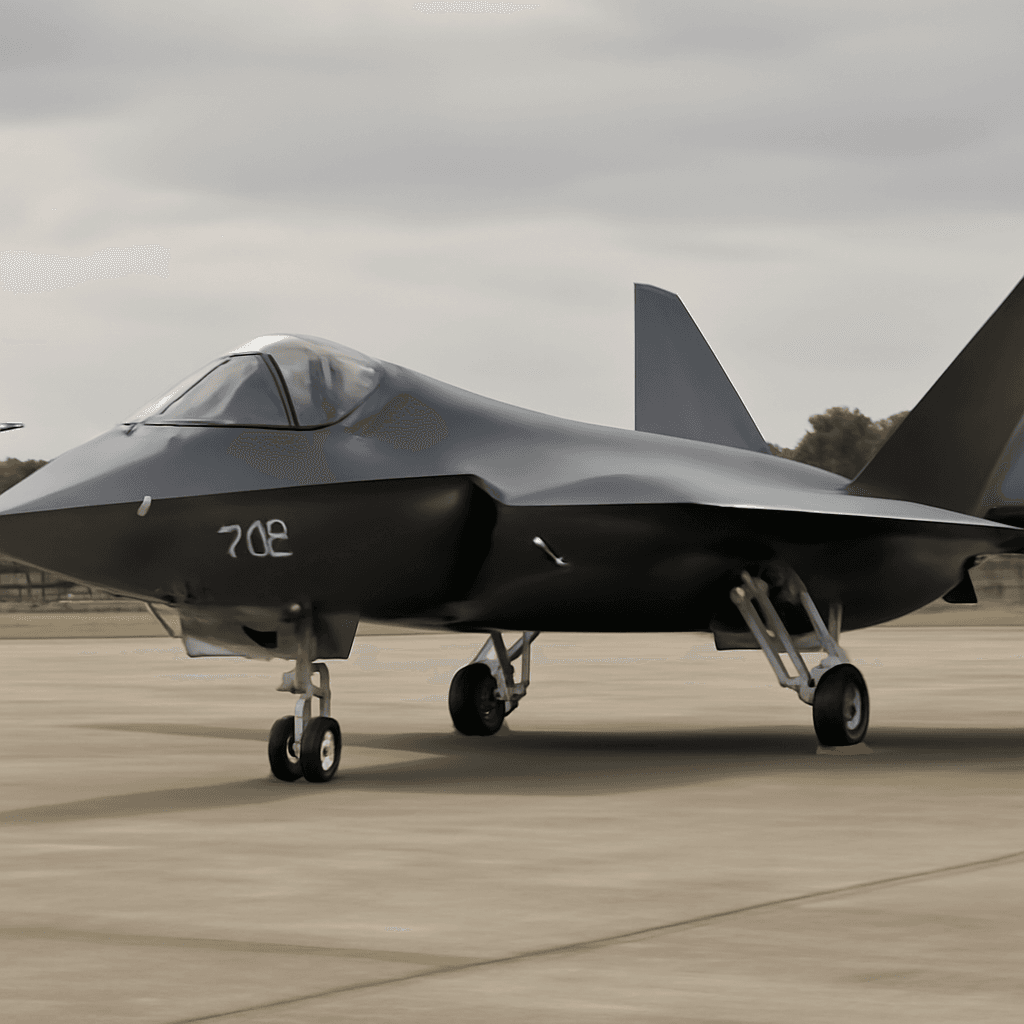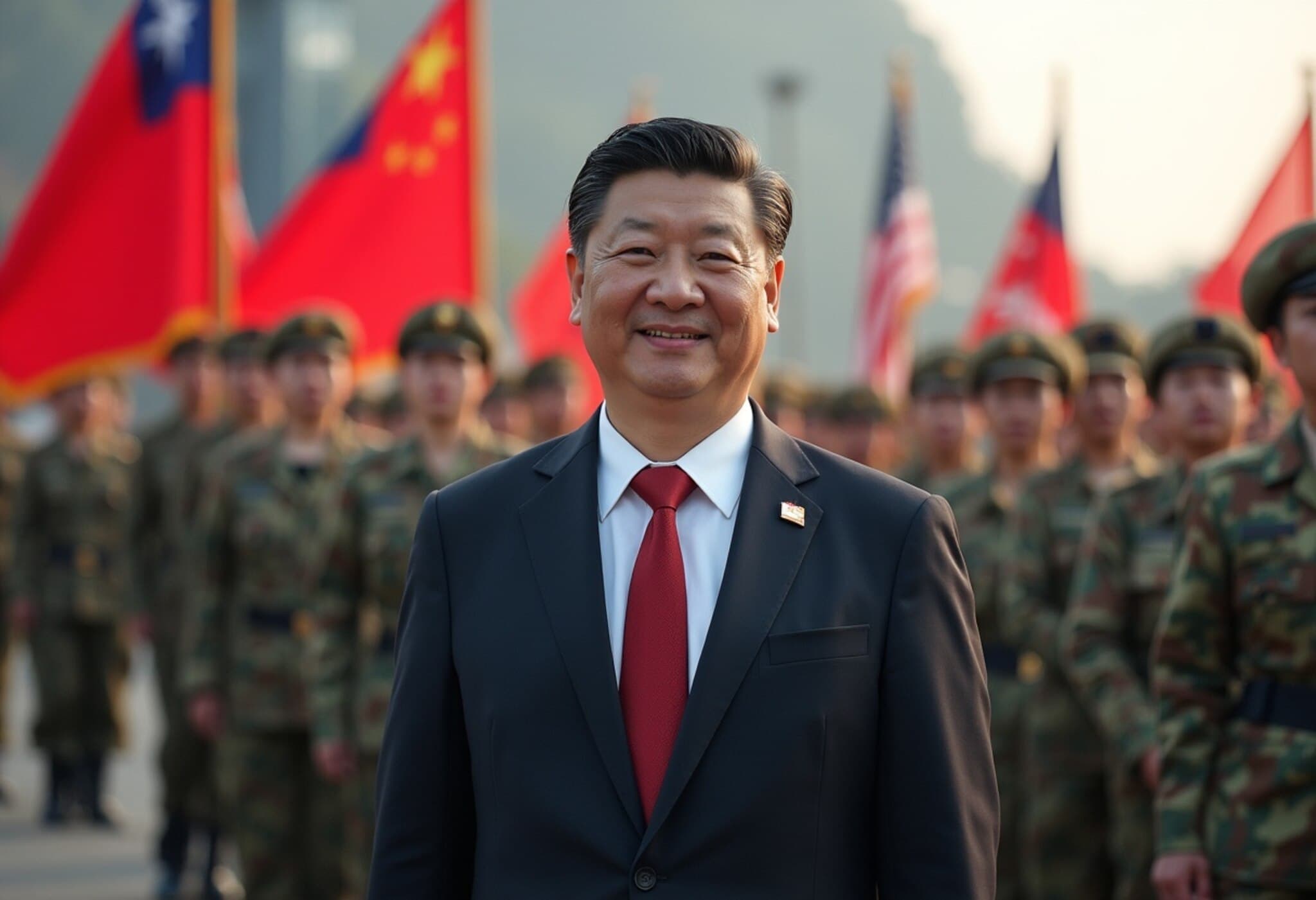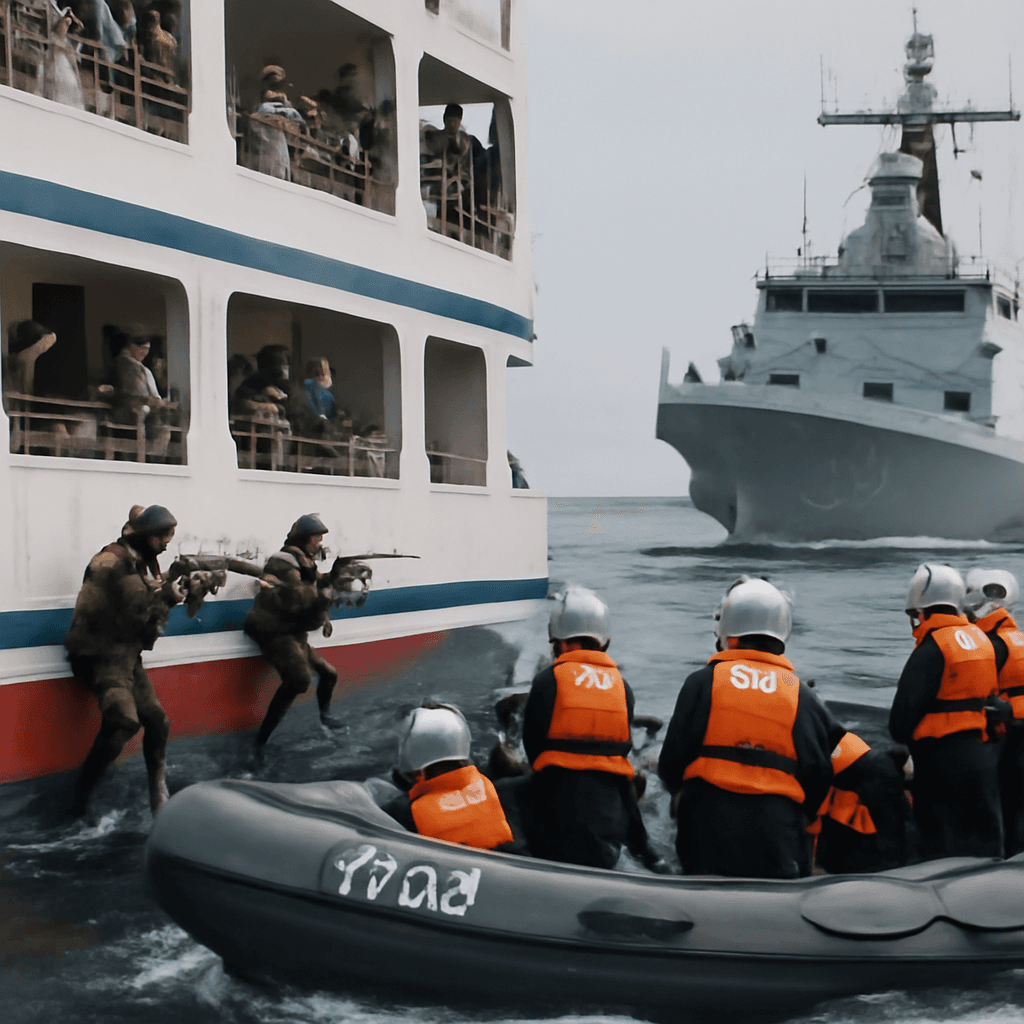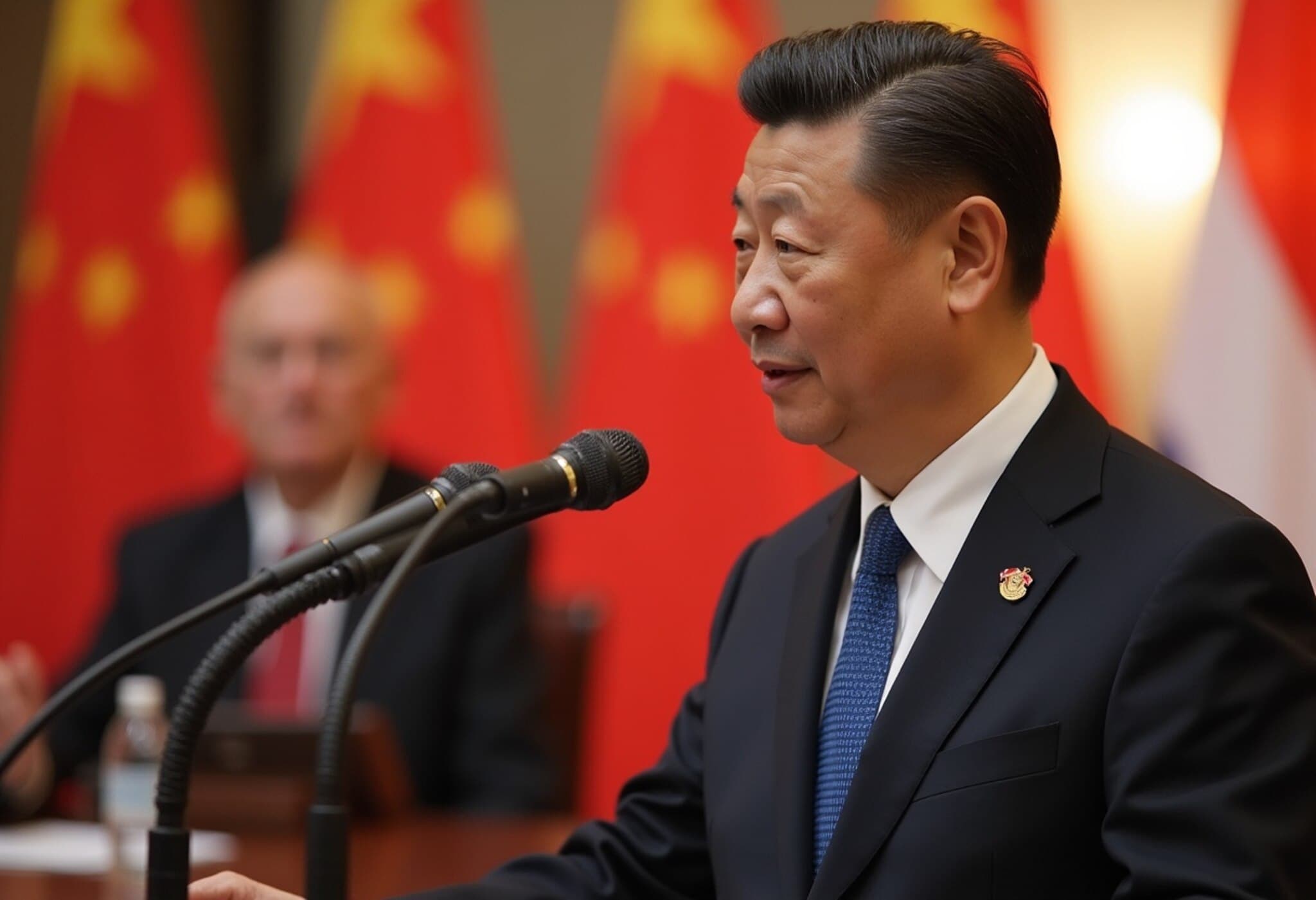Taiwan Advances Defence by Testing First Homegrown Submarine
Taiwan has reached a significant milestone by completing the maiden sea trial of its very first domestically built submarine, the Narwhal. This marks a pivotal moment in Taiwan’s efforts to bolster its maritime defence amid increasing military pressure from China, which claims the island as part of its territory.
Strengthening Deterrence Against Growing Threats
The Narwhal’s successful sea trial, conducted off the southern port of Kaohsiung, showcased the submarine’s key systems including propulsion, ventilation, and radar. Following surface testing, underwater trials will commence, gradually increasing depth to validate the vessel’s operational capabilities.
This indigenous submarine program is a core component of Taiwan’s broader strategy to modernize its armed forces. The aim is to enhance naval deterrence and secure critical sea lanes in the face of nearly daily military drills conducted by China to assert sovereignty claims over the island.
Collaborative Technology and Ambitious Plans
The development of the Narwhal has benefitted from international collaboration, leveraging expertise and technology from countries such as the United States and the United Kingdom. This cooperation is especially notable given Taiwan's isolated diplomatic position.
CSBC Corporation, Taiwan’s leading shipbuilder charged with constructing a planned fleet of eight submarines, emphasized ongoing improvements based on trial results. Initially projected for delivery last year, the project experienced delays but is now firmly on track.
Future Outlook and Military Modernization
Taiwan anticipates commissioning at least two domestically developed submarines by 2027. These vessels could eventually be outfitted with missile systems, enhancing offensive capability. The Narwhal’s specifications include a combat system provided by Lockheed Martin and armament with U.S.-made Mark 48 heavyweight torpedoes, reflecting high-end technological integration.
Despite Taiwan’s armed forces being significantly smaller than China’s—whose military features aircraft carriers, ballistic missile submarines, and stealth fighters—the island is focusing on asymmetric warfare tactics. Emphasizing agility, mobility, and strategic tech such as submarines, drones, and truck-launched missiles, Taiwan aims to counterbalance the regional power imbalance effectively.
Strategic Importance of Indigenous Defence Capabilities
This successful sea trial underscores Taiwan’s determination to enhance sovereign defence capabilities through homegrown technology, signaling a major step forward in military self-reliance and readiness under constant regional tensions.

